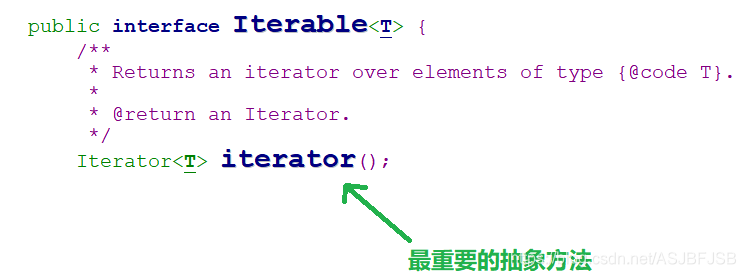版权声明:本文为博主原创文章,未经博主允许不得转载。 https://blog.csdn.net/ASJBFJSB/article/details/83957633
单链表实现:
public class MyLinkedList <T>{
private static class Entry<E>{
private E value;
private Entry next;
Entry(E e){this.value = e;this.next = null;}
Entry(E e,Entry next){this.value = e;this.next = next;}
Entry(){}
public E getValue(){return value;}
public void setValue(E value) {this.value = value;}
public Entry getNext() { return next;}
public void setNext(Entry next) { this.next = next;}
}
private Entry<T> head;
private int length;
MyLinkedList(){
head = new Entry<T>();
length = 0;
}
public void push(T e){
insertTail(e);
}
public void pop(){
if(!isEmpty()){
deleteTail();
}
else{
System.out.print("栈空,不能进行删除!");
}
}
public T peek(){
if(!isEmpty()){
return getTailValue();
}
else {
System.out.print("栈空,没有栈顶元素");
return null;
}
}
public boolean isEmpty(){return getLength()==0;}
public int search(T e){
int index = searchIndex(e);
if(index>=0){
return getLength()-index;
}
else{
return -1;
}
}
public int searchIndex(T e){
assert(head!=null);
Entry p = head.next;
int i = 0;
while(p!=null){
if(p.value.equals(e)){
return i;
}
i++;
p = p.next;
}
return -1;
}
public void insert(int pos,T e){
if(pos < 1 || pos >getLength()+1){
System.out.print("插入位置不正确!");
}
int i = 0;
assert(head!=null);
Entry p = head;
while(i<pos-1 && p!=null){
i++;
p = p.next;
}
Entry pNew = new Entry(e);
pNew.next = p.next;
p.next = pNew;
length++;
}
public void insertHead(T e){insert(1,e);}
public void insertTail(T e){insert(getLength()+1,e);}
public void delete(int pos){
if(pos<1 || pos>getLength()){
System.out.print("删除位置不正确!");
}
assert(head!=null);
int i=0;
Entry p = head;
while(i<pos-1 && p!=null){
i++;p = p.next;
}
Entry q = p.next;
q.value = null;
p.next = q.next;
length--;
}
public void deleteHead(){delete(1);}
public void deleteTail(){delete(getLength());}
public void show(){
assert(head!=null);
Entry p = head.next;
while(p!=null){
System.out.print(p.value+" ");
p = p.next;
}
System.out.println();
}
public int getLength(){return length;}
public T getTailValue(){
assert(head!=null);
Entry<T> p = head;
while(p.next!=null){
p = p.next;
}
return p.getValue();
}
}
Iterable接口

Iterable接口中需要实现的抽象方法iterator()的返回值会返回一个迭代器对象,这个迭代器对象可以作为一个工具来遍历集合类中的对象。此外,迭代器更是设计模式,如对图的遍历可以实现一个图迭代器,简化代码,将遍历的思想抽象出来。
自己实现一个可以遍历上述单链表的迭代器,这个迭代器需要实现Iterator接口中的方法。主要包括以下三个方法:

(1)是否存在下一个对象元素
(2)返回下一个对象元素
(3)删除集合中的当前迭代器指向的对象元素
public class MyLinkedList <T> implements Iterable<T>{
public Iterator iterator(){
return new MyIterator();
}
public class MyIterator implements Iterator<T> {
Entry<T> data;
MyIterator(){
data = head.next;
}
@Override
public boolean hasNext() {
return data != null;
}
@Override
public T next() {
Entry<T> last = data;
data = data.next;
return last.getValue();
}
@Override
public void remove() {
MyLinkedList1.this.delete(searchIndex(data.getValue()));
}
}
测试迭代器:
public class Main {
public static void main(String[] args){
MyLinkedList1<Integer> list = new MyLinkedList1<>();
for(int i=0;i<10;++i){
list.insertTail(i);
}
list.show();
Iterator it = list.iterator();
while(it.hasNext()){
System.out.print(it.next()+" ");
}
}
}
测试结果:

可以看出通过迭代器循环遍历集合中的对象元素和show()方法的功能是相同的,但是迭代器为遍历集合对象元素提供了一种统一的方法,此外也可以使用迭代器做更多的事情。